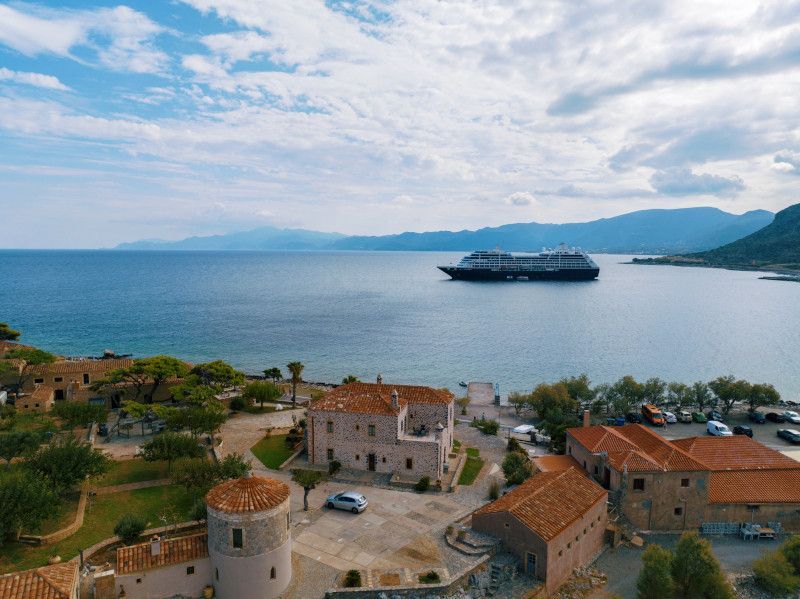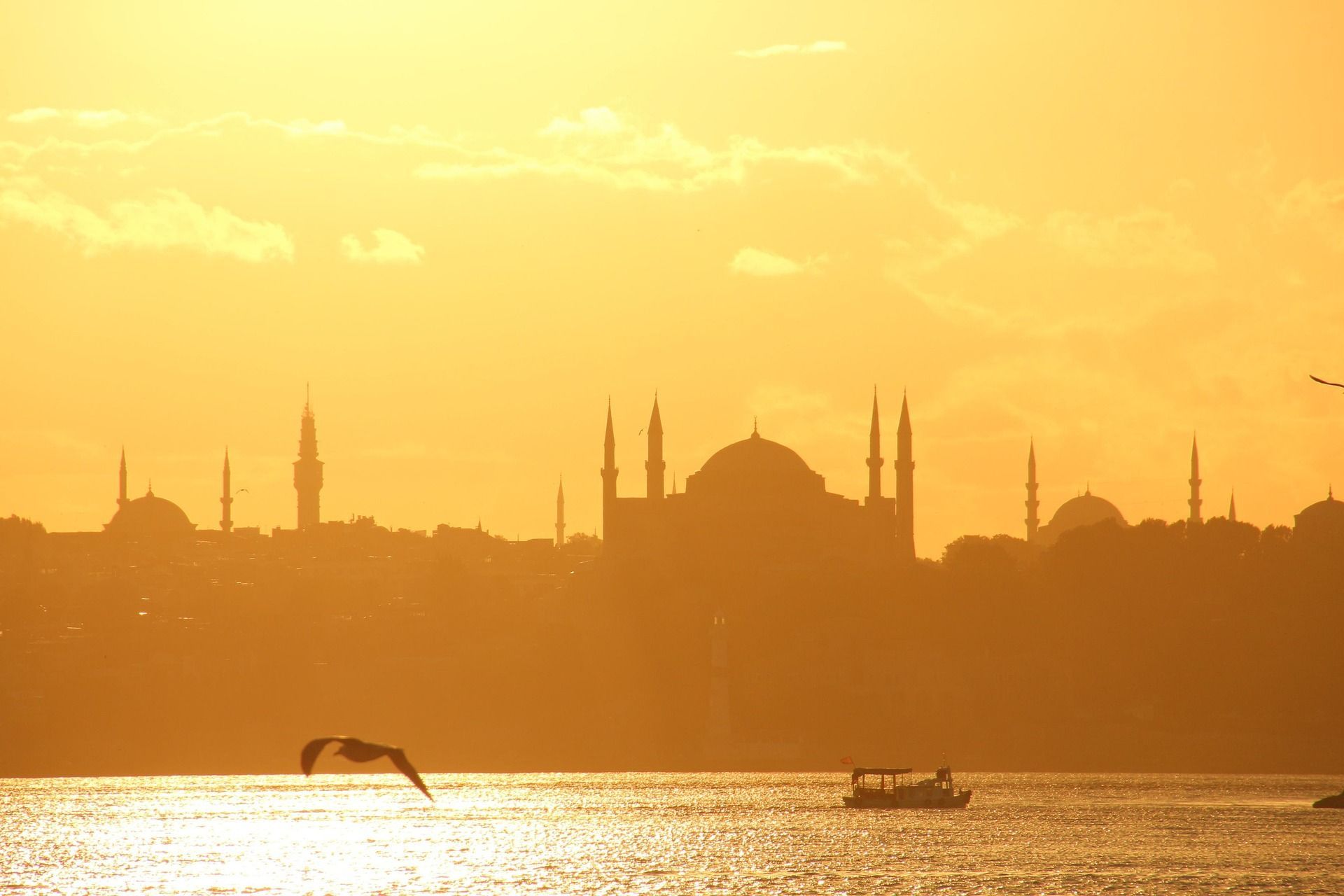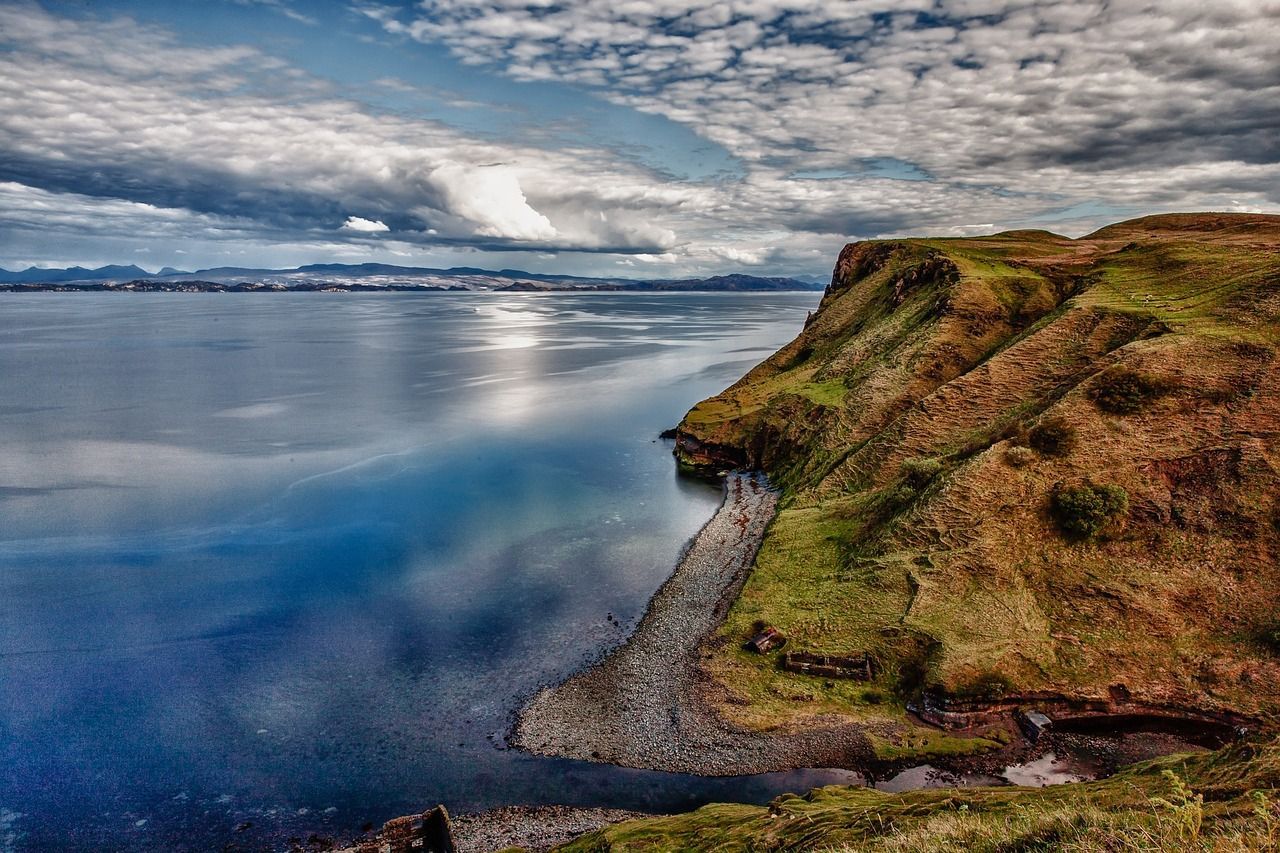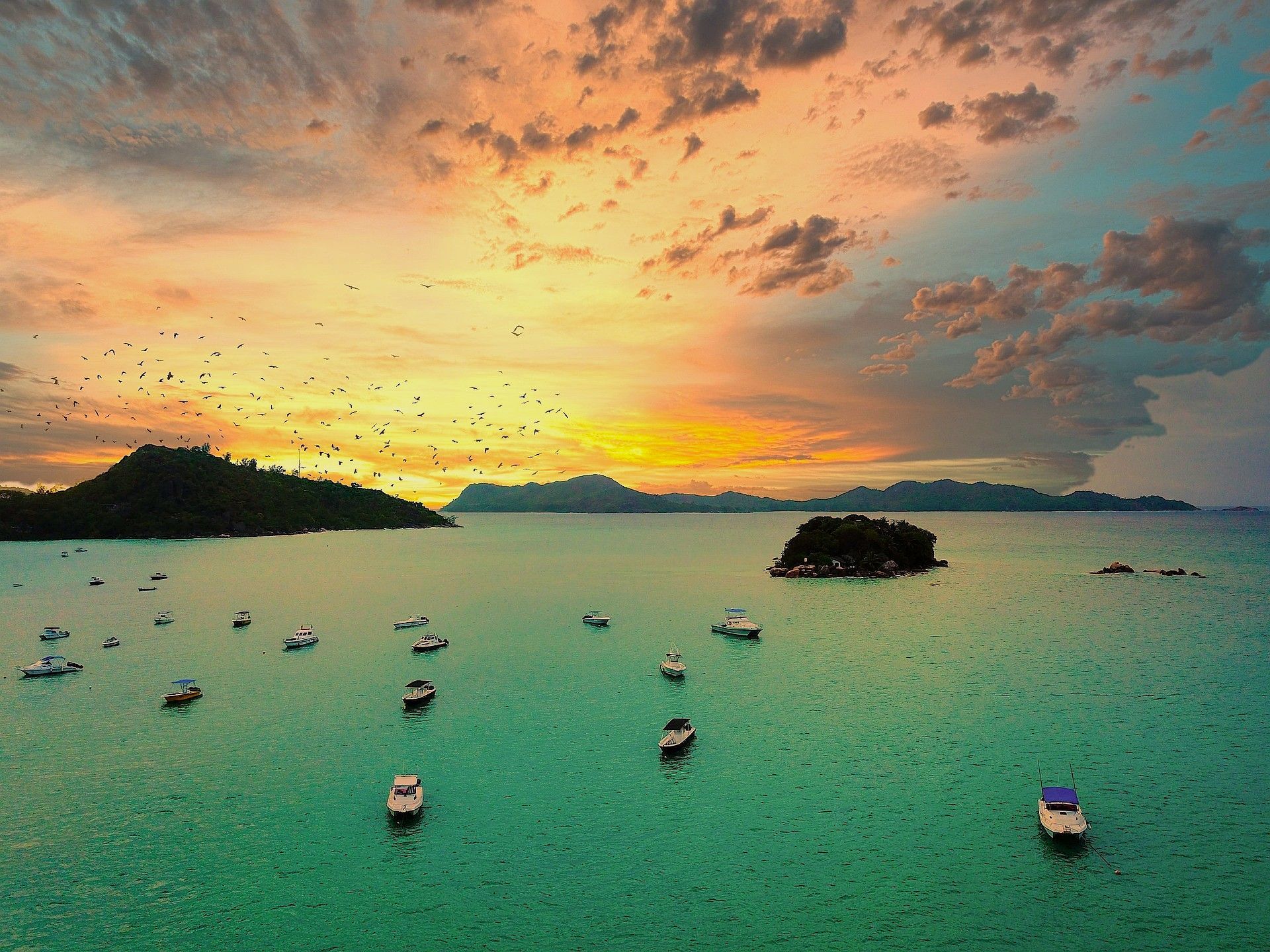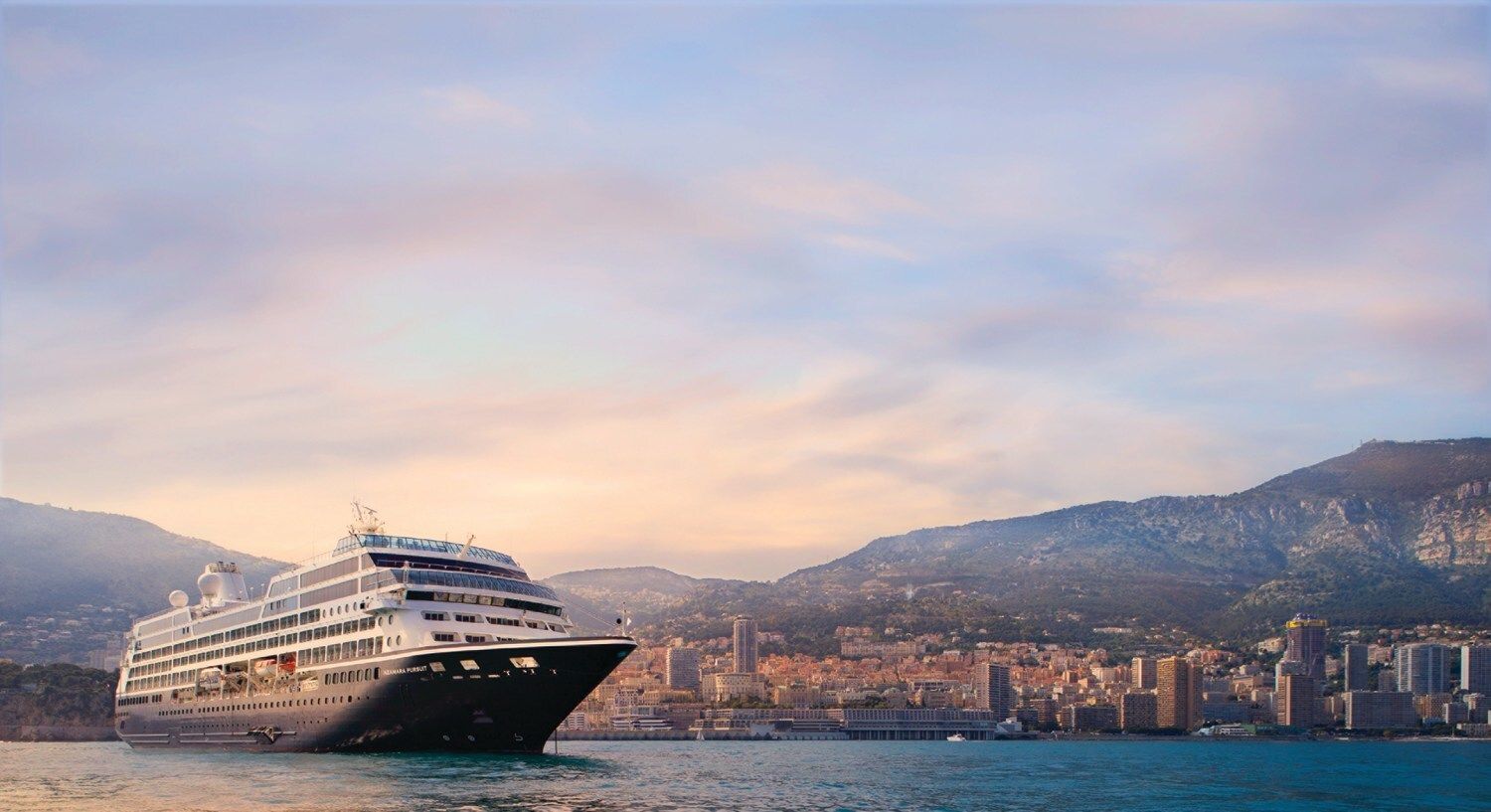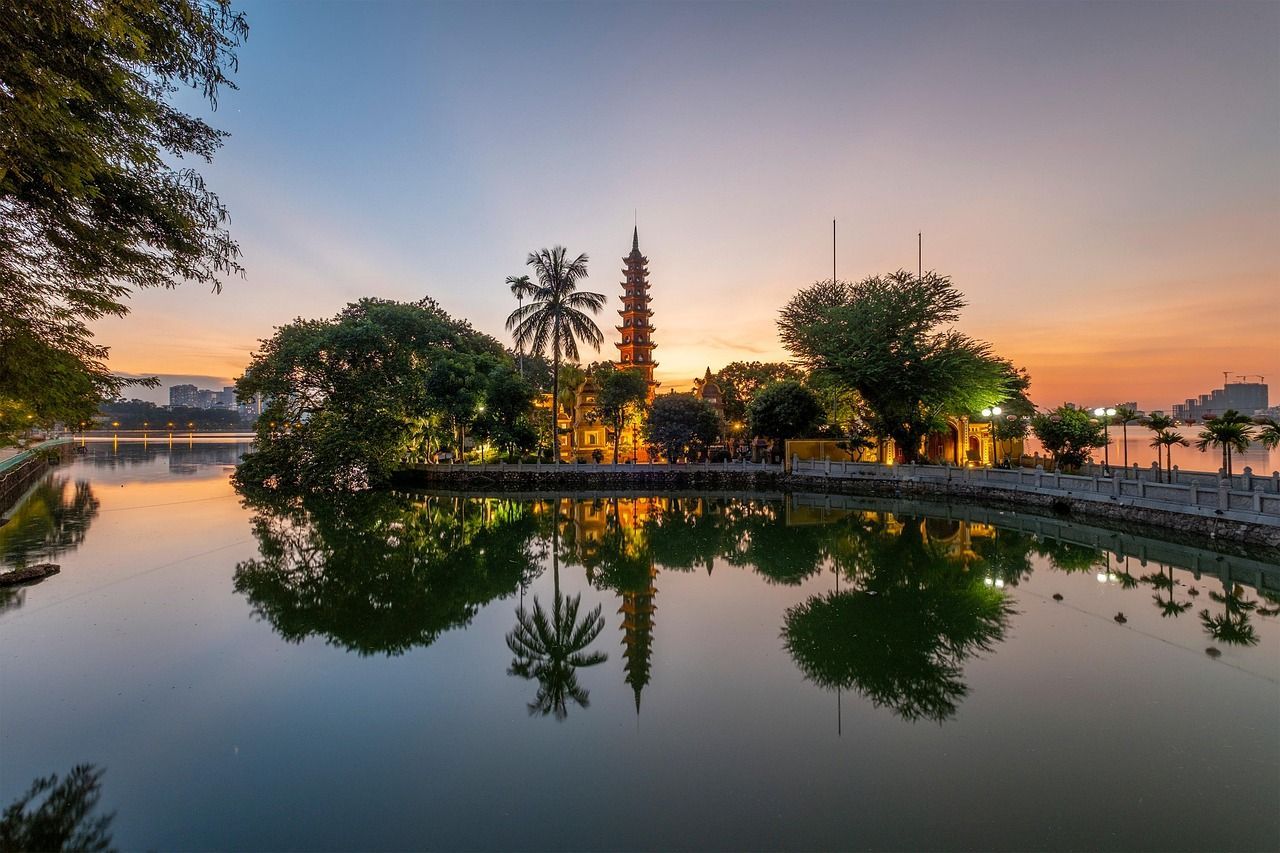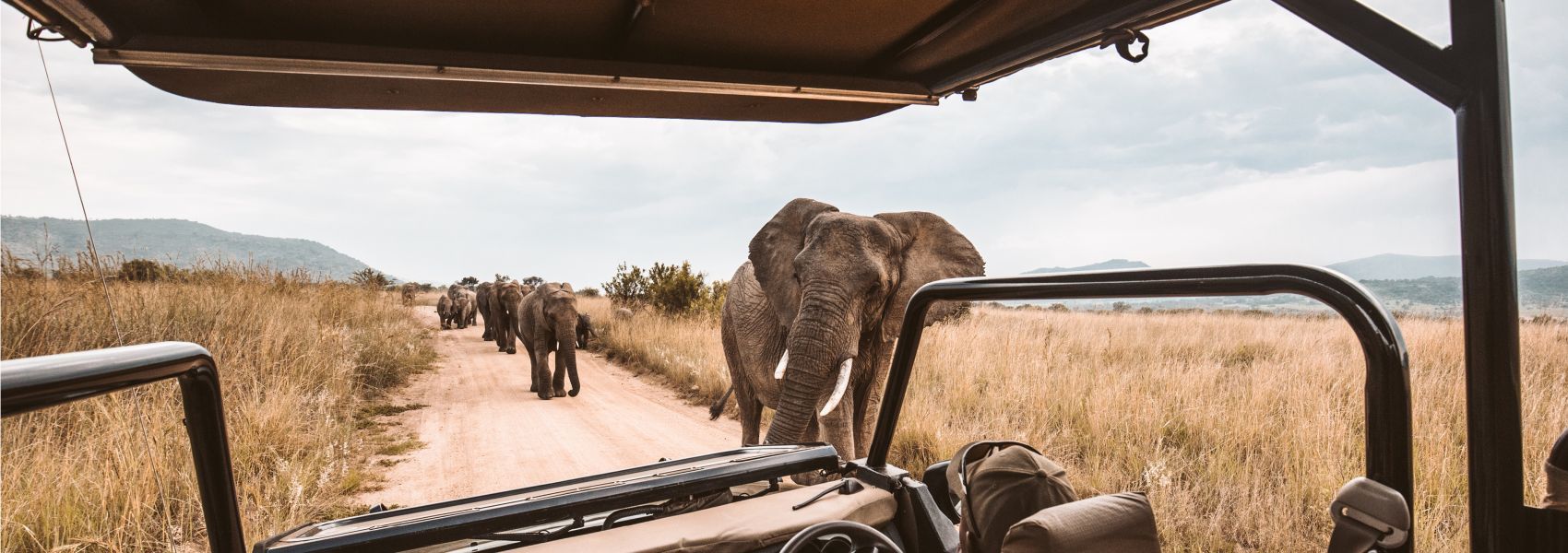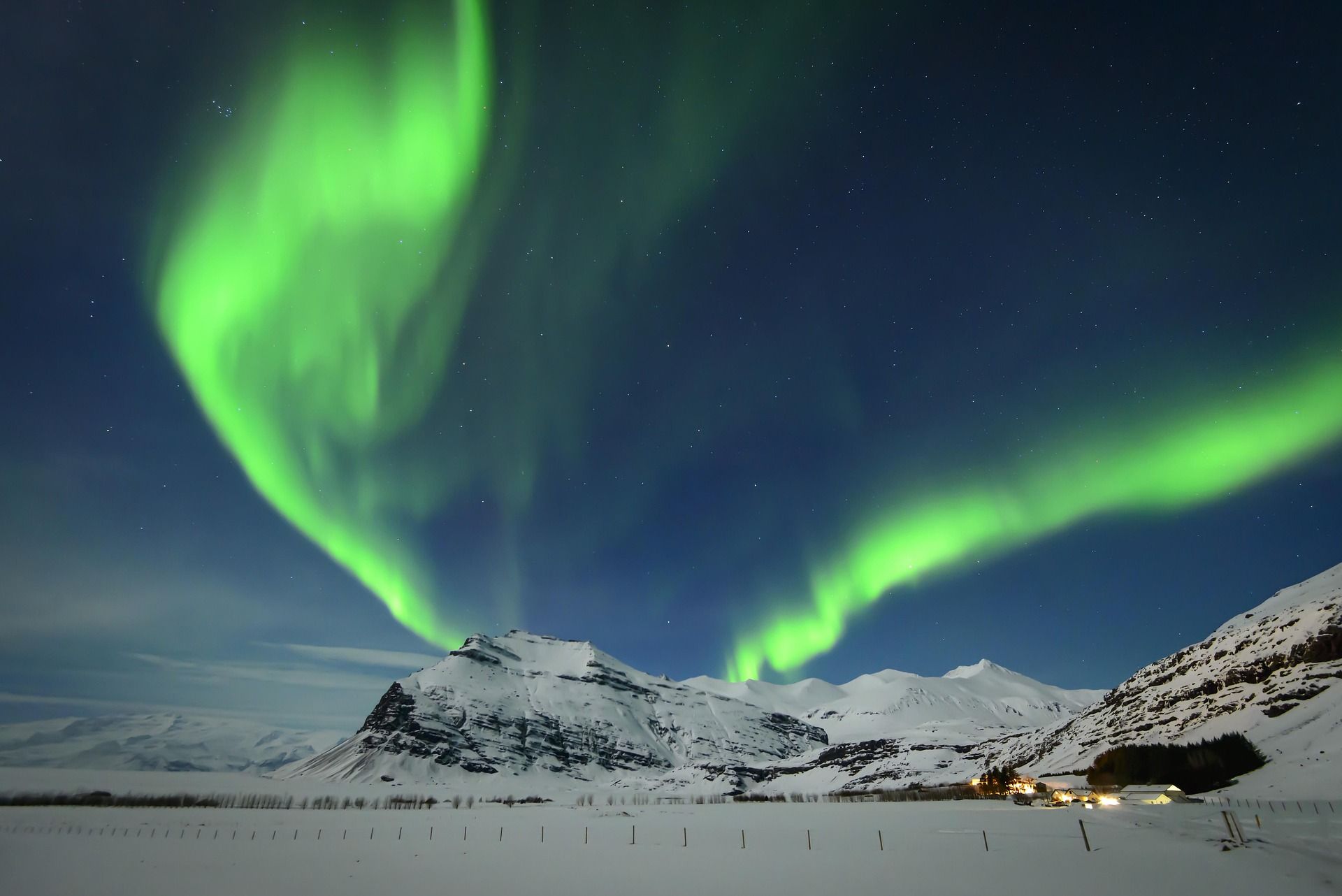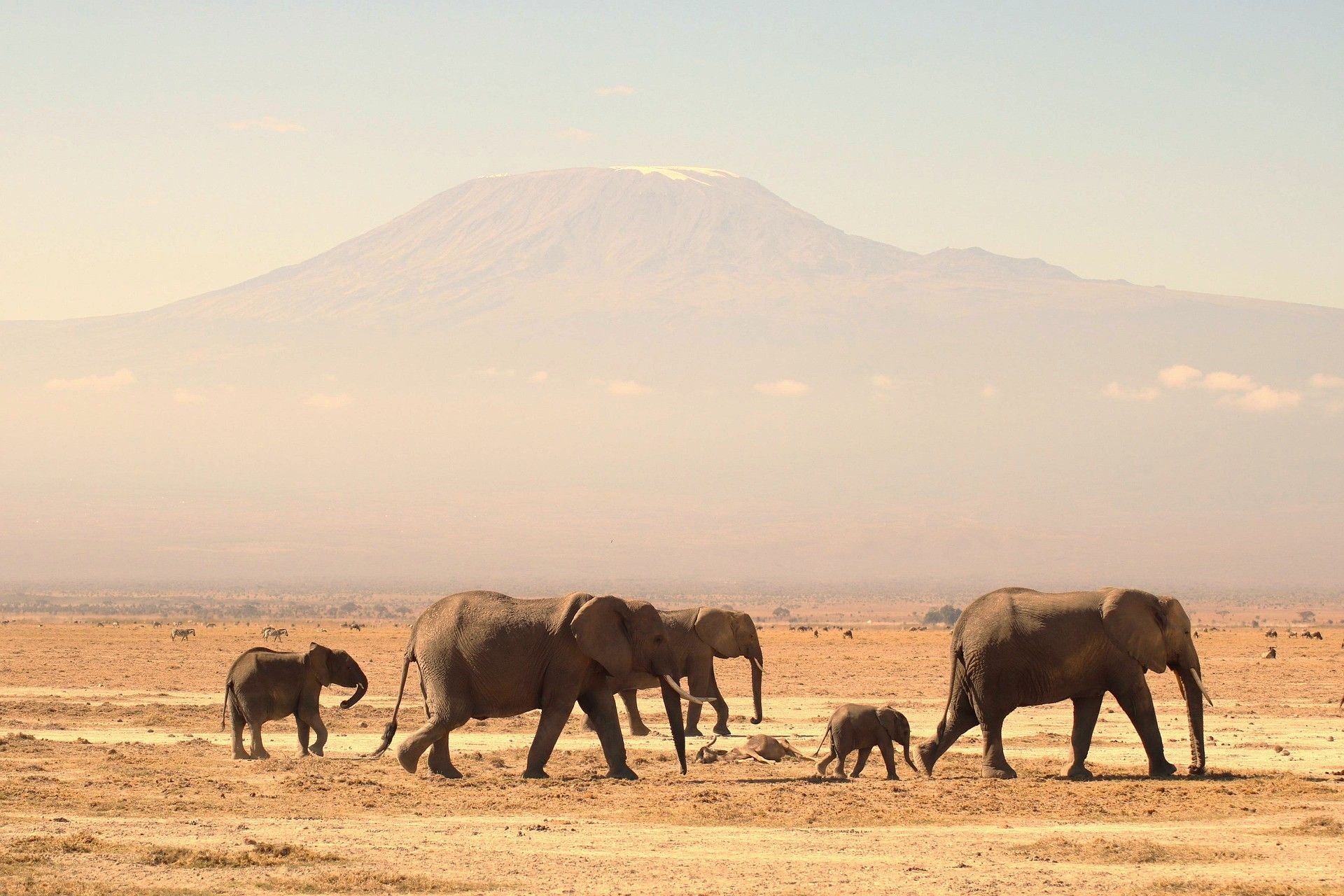HARLEYS, SUNDOWNERS AND SAFARI IN SOUTH AFRICA
Fred. Olsen Cruise Lines voyage around South Africa
Rachel and I enjoyed a short six-night cruise with Fred. Olsen Cruise Lines around South Africa from Cape Town to Durban, enjoying two nights at Cape Town. During our time in Cape Town and Port Elizabeth, we experienced some fantastic adventures ashore.
At Select Travel Holidays, established in 1999, we’ve sent countless clients on unforgettable adventures across Southern Africa, drawing on our first-hand experience to carefully craft immersive and exhilarating itineraries. Having explored South Africa ourselves, including thrilling game drives and those magical sundowner moments, we know exactly how to bring this extraordinary destination to life. Read all about our own Southern Africa adenture safari holiday.
This unique trip blends the thrill of Harley-Davidson rides with the raw beauty of the African bush, offering an unforgettable journey that’s as much about the ride as the destination. With our expert guidance, you’ll explore South Africa in style, comfort, and confidence. You may find our related article of interest too - Top Ten Africa Safari National Parks.
By Amy, Blogger-in-Chief at Select Travel Holidays | CLIA Master Cruise Consultant & Africa Travel Specialist
Last updated on 6 August 2025
Arrival in Cape Town: First Impressions of South Africa
Arriving in Cape Town after a twelve hour overnight flight, during which I’d had some light and disturbed sleep, I felt a great sense of anticipation and excitement as it was my first visit to South Africa and Cape Town, and I wasn’t sure what to expect – of course, I’d seen photographs of Table Mountain and knew that ascending up this uniquely shaped landmark by cable car was a must, and I knew that the Victoria and Alfred Waterfront was a cosmopolitan hub for shopping, restaurants and bars, visiting and experiencing these places for yourself is completely different.
Looking eagerly out of the plane’s window as we began to descend and land could finally be glimpsed as we started to leave the thick swirls of cloud, I first saw vast stretches of arid landscape which I would have more likely associated with Namibia. There appeared to be large cracks and crevices occasionally on the ochre ground.
However, as we got closer to our destination, the land became slowly greener, there were increasing signs of human settlements, and I could even see the coastal lines as land gave way to a sapphire blue lined with a long white band. Closer still, evidence of human settlement became more close knit – no longer remote farms, but increasingly organised and structured.
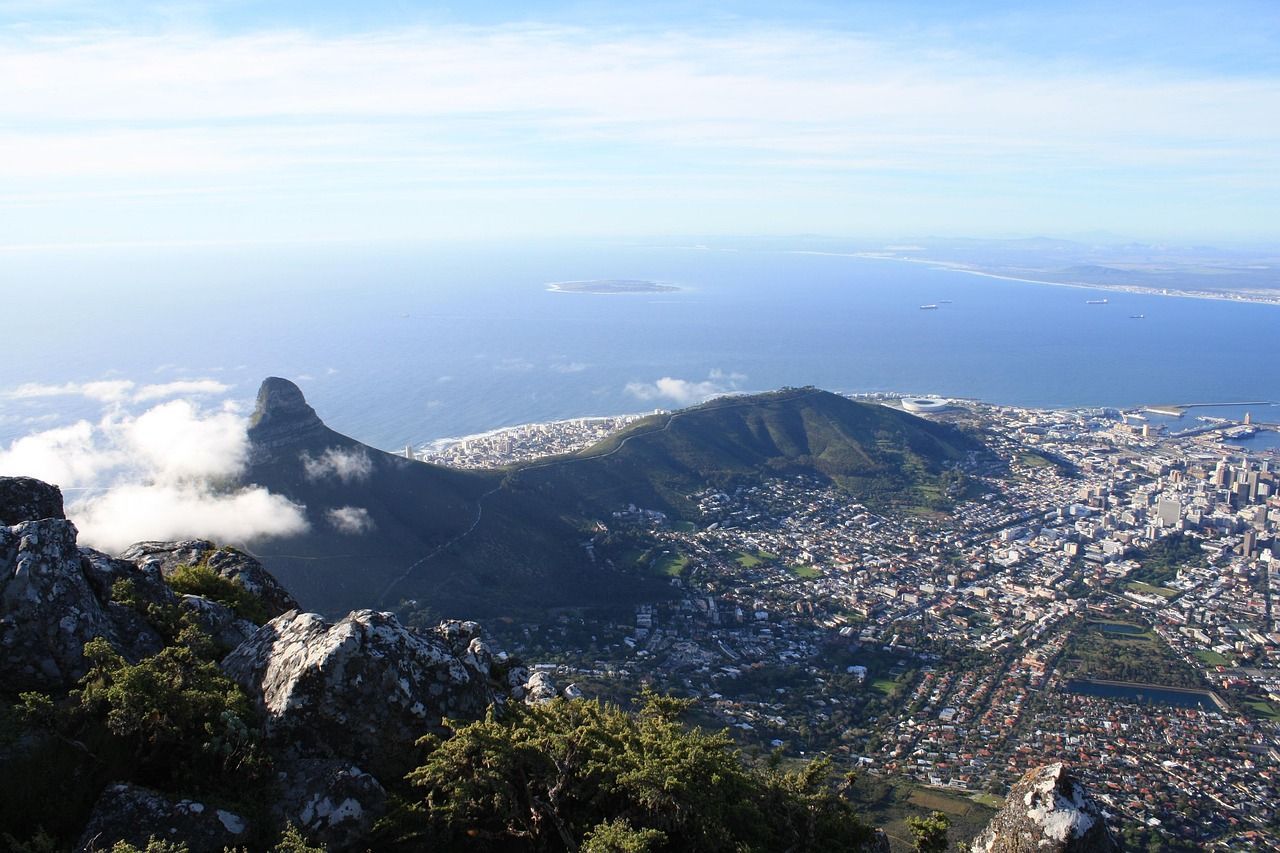
Cape Town's Complex Reality
On our way towards the port, on the outskirts of the city centre, we passed one of the large shanty towns, crammed with tiny shacks of corrugated iron, and some RPO houses – since 1994, the government has been attempting to deal with the population issue, trying to provide housing, but it seems to be an uphill struggle, as Cape Town in particular attracts not only masses of rural South Africans looking for a better life and work, but other African nationalities too.
One of the continuing effects of apartheid is that the black South Africans were not as educated, whereas other neighbouring black Africans are better educated, and so rural South Africans tend to lose out of job opportunities to better educated migrants. However, whilst the shanty towns still need to be addressed by the South African government and efforts need to be continued, there have been massive, positive, changes in South Africa over the last years.

The Vibrant Victoria and Alfred Waterfront
One of the positive changes experienced in Cape Town itself is the development of the Victoria and Alfred Waterfront, which has seen the transformation of a disused Victorian harbour which was falling to rack and ruin into a vibrant cultural scene, filled with pastel coloured buildings, shops, restaurants and bars – and is continuing to grow and develop.
In fact, Cape Town is very much a quickly developing city, with lots of construction and building, so a return visit in a year or two’s time will perhaps look very different in parts! I really enjoyed spending time at the Victoria and Alfred Waterfront – it boasts great views of the famous Table Mountain, Signal Hill and Lion’s Head, and really offers some great places to eat, drink, and soak up what is truly a great atmosphere. Steel bands may sometimes play, you can watch people enjoy themselves, and the prices are ridiculously reasonable.
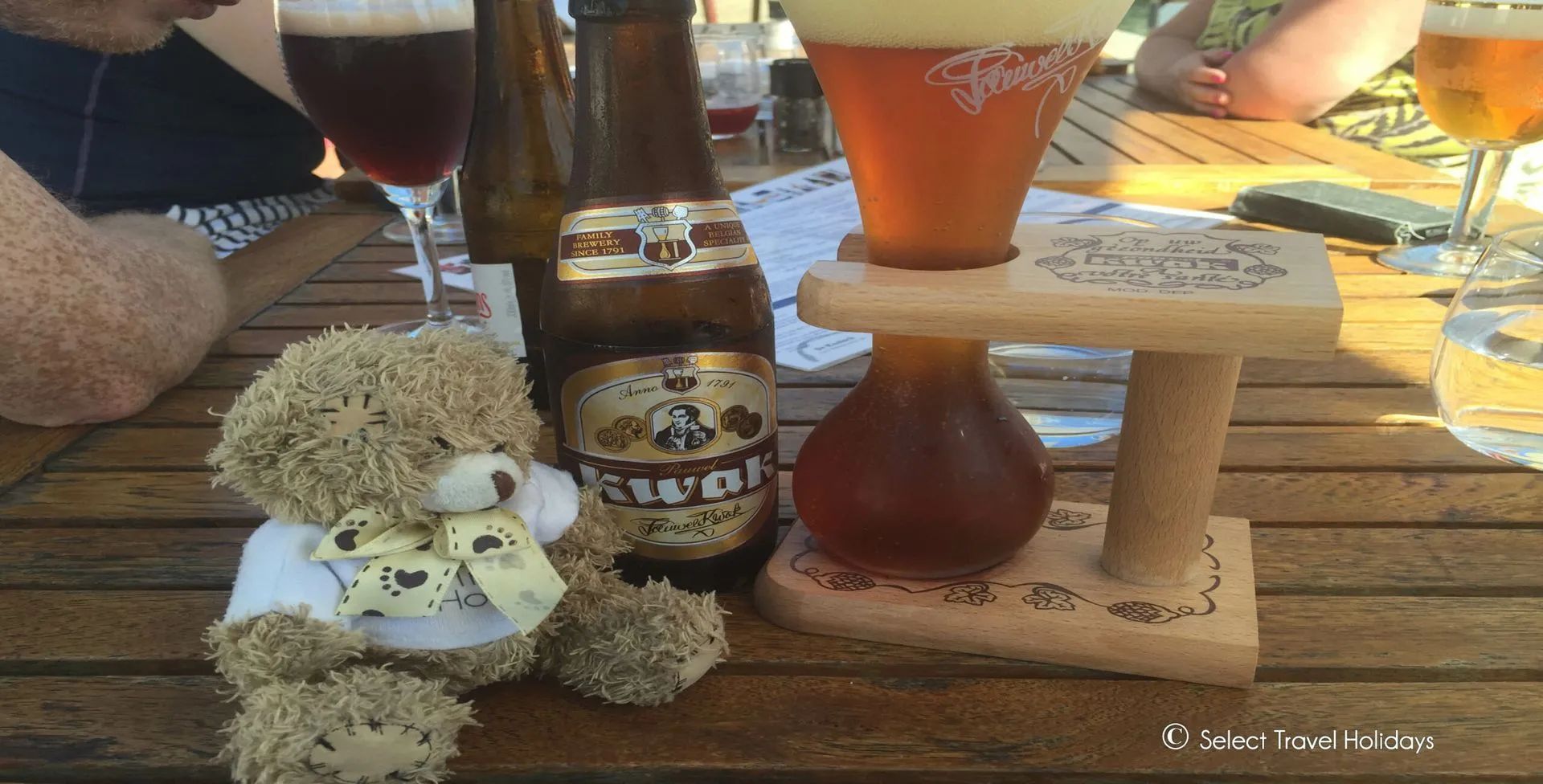
Tastes of Cape Town
At the Waterfront, the Mondiall Kitchen and Bar is ideally located to enjoy great views of the famous Table Mountain, whilst watching life go by along the waterfront. The staff were exceptionally friendly, had great senses of humour, and the snacks – buffalo chicken wings and chips with parmesan – were absolutely delicious, with some really nice extra touches, including fresh chili and grated parmesan.
Den Anker, almost opposite the Mondiall, takes heavily from Cape Town’s Dutch heritage, specialising in Dutch and Belgian beers (with a menu to match). As per Dutch tradition, when I ordered a pint of Kwak – an artisan beer once popular in the 19th century with coach drivers – I had to give the staff my left shoe (or Fit Flop) until I had finished my beer; Kwak is still drunk from a traditional glass with a bowl-shaped bottom which is difficult and expensive to replace, and so the staff take your left shoe as insurance!

A Brief History of Cape Town
Africa’s southernmost city, Cape Town was first settled and developed by the Dutch and the Dutch East India Company in the mid-17th century, although the earliest evidence of humans in the region was found in Peers Cave in Fish Hoek, and dates back to between 15,000 and 12,000 years ago.
Europeans first discovered the Cape sea route in the late 15th century, thanks to the Portuguese explorers, first led by Bartolomeu Dias in 1487. During the late 16th century Table Bay was frequently used by Portuguese, French, Danish, Dutch and English ships as a stop-over en route to the Indies, trading tobacco, copper and iron with the local Khoikoi for fresh meat. In 1652, the Dutch – led by Jan van Riebeeck and other employees of the Dutch East India Company – were the first to settle at the Cape, establishing a way-station for ships travelling to the Dutch East Indies, and the Fort de Goede Hoop (replaced by the Castle of Good Hope in 1679, one of the oldest European structures in the Southern Hemisphere and is still used by the military today).
The settlement was slow to grow at first, due to a local labour shortage, so the Dutch soon imported slaves from Madagascar and, predominantly, Indonesia. Later these slaves, who chiefly spoke Malayan, were freed in the late 19th century and built up the colourful Malay quarter, renowned for its typical colonial Dutch architecture and vibrant colours.
Today, many who reside in the Malay quarter are still descended from the freed slaves, and the buildings themselves remain largely unchanged.
Culinary Legacies: Cape Dutch Cuisine
The Malay quarter was not the only legacy left by the Indonesian slaves brought in by the Dutch; ‘Cape Dutch’ cuisine, characterised by the use of spices such as nutmeg, allspice and chili peppers, is a distinctively regional style of South African cooking which has been influenced both by the cookery of the slaves the Dutch East India Company imported from Bengal, Java and Malaysia as it does to the European style of cooking the Dutch themselves brought in.
This fusion of styles is reflected in the use of eastern spices and the names given to many of the dishes. Bobotie – perhaps the closest to a national dish to be found in South Africa – which consists of spiced minced meat baked with an egg-based topping, originates from the Dutch East India Company’s colonies in Batavia, and its name derives from the Indonesian bobotok.
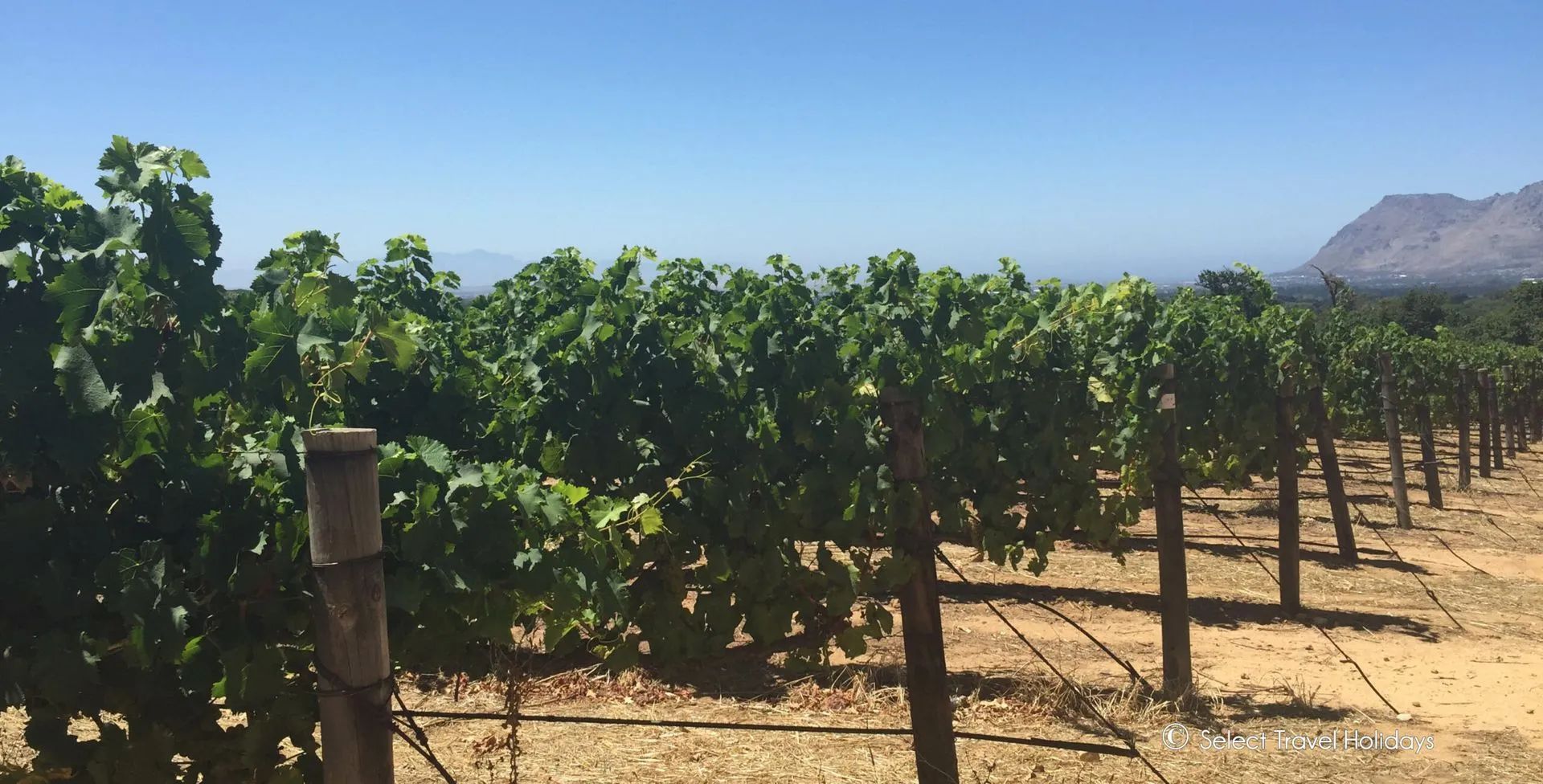
Groot Constantia and South African Wine
Although beer had been an important beverage for the indigenous people centuries before colonisation, even playing a central role in traditional ceremonies, such as betrothals and weddings, where beer was ceremoniously offered from one family to another, South Africa is perhaps best known for its New World wine.
Stellenbosch and Fransschoek are perhaps two of the best known wine towns in the Western Cape province, or the ‘Winelands’, but much closer to Cape Town itself is Groot Constantia, founded in 1685 by Simon van der Stel, the Governor of the Cape. Groot Constantia is in fact South Africa’s oldest wine farm, and its unfortified dessert wine produced by Hendrick Cloete, who bought the land in 1778, made it something of a household name; the dessert wine, Grand Constance, became the favourite tipple of the likes of Frederick the Great and Napoleon, and was referred to in Jane Austen’s Sense and Sensibility.
Today, Groot Constantia is run as a not-for-profit trust, with all surplus going back to the preservation of the farm
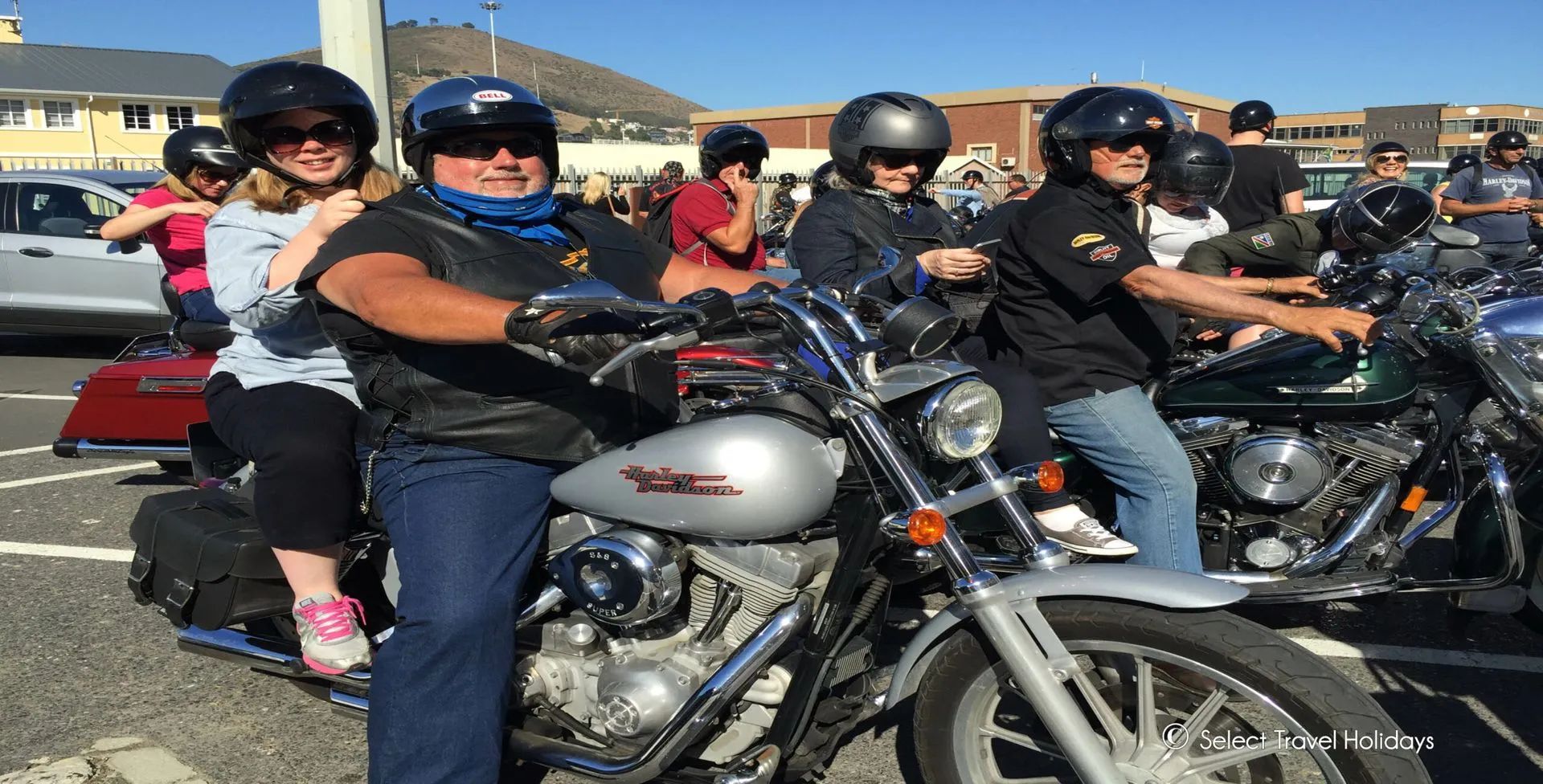
A Harley Ride through Coastal Cape Town
We visited Groot Constantia for a wine-tasting, but we travelled in style… riding on the backs of Harleys from the Port! A group of twenty Harleys left the port together, their engines rumbling and roaring, creating a distinctively Harley cacophony, and it was incredibly exciting.
Riding on the back of the Harley, I felt alive with exhilaration, and with the whip of the wind against my face (keeping me nice and cool in the sunny heat), the sounds of the engine, the smell of the petrol and, later as we rode along by Camps Bay and past the glamourous Clifton Beach, the fresh sea air, it was an unforgettable multi-sensory experience, really taking in and appreciating the area we were driving through.
From the busy roundabouts, we soon followed the coastline, passing chic white villas, families playing in the water’s edge, lines of blue umbrellas along the white sands, the sea a dazzling blue. Camps Bay is an affluent, stylish neighbourhood, sought out both for its exclusive property and as a trendy setting for sundowners. Clifton Beach is one of Cape Town’s best beaches, and the area around it is perhaps the most expensive property in South Africa, maybe even in the whole of Africa. While one of its beaches is popular with families, another is where you’ll most likely find the ‘young, beautiful people’, with nearby Café Caprice being a popular celebrity hangout, including the likes of Leonardo DiCaprio and Prince Harry.
As we continued, we wound up the steep hills, passing legions of cyclists enjoying their Sunday. Soon, coastal beauty gave way to suburbia and then a more verdant, leafy region, and at times I could hear bird call. Eventually, we arrived, driving down an avenue lined with trees, with rows of vines growing on both sides.
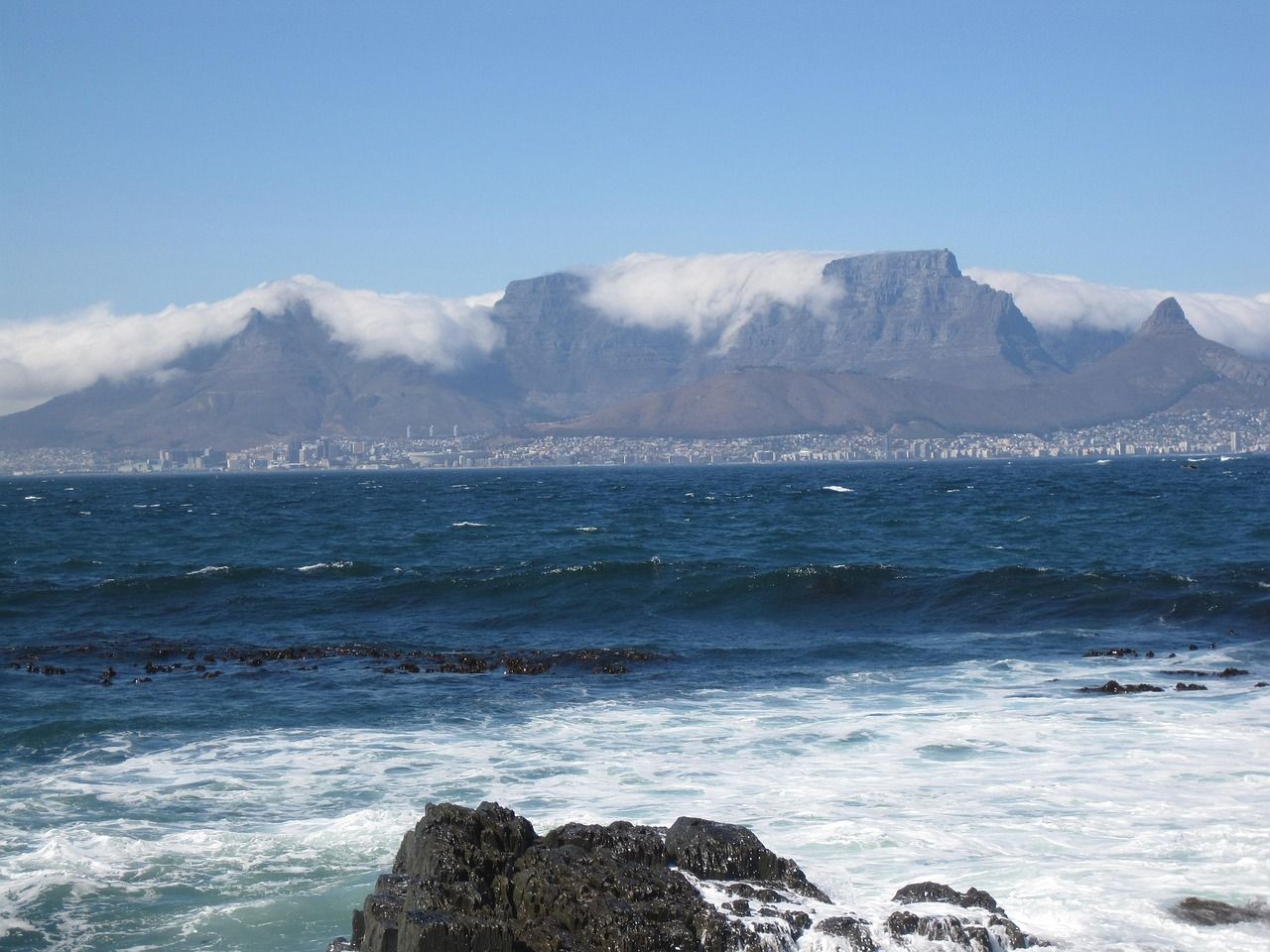
Table Mountain
It seems as if wherever we were in Cape Town, even whilst driving towards Groot Constantia, and at the vineyard itself, the iconic Table Mountain appears to dominate the skyline, almost acting as a perpetual compass.
Indeed, no trip to Cape Town would be complete without ascending up this remarkable landmark via a cable car (although, due to severe windy conditions, at times the cable cars cannot operate). The cable cars have been a popular attraction for visitors to Cape Town since the 1920s and ‘30s, although back then they would have been wooden cabins; some of which are still used today for vending!
Today, visitors go up (and down!) in revolving cars which can hold up to 65 people. Luckily, the day we visited Table Mountain, it was not at all windy (a nice, cooling breeze may have been appreciated though!), which was exceptionally unusual; there are around only 12 days a year where Table Mountain is completely wind-free.
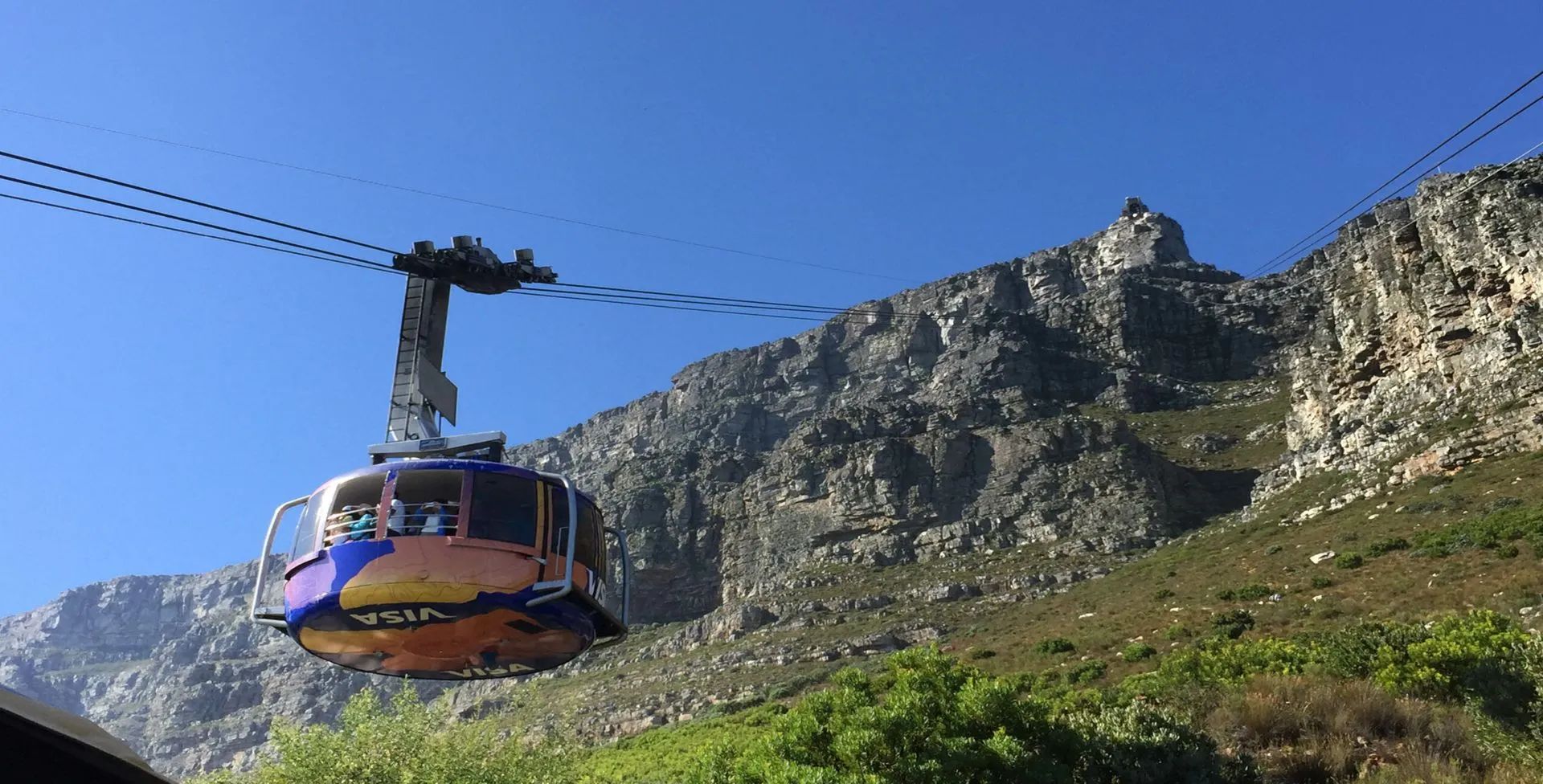
The two-mile long level plateau of Table Mountain is its main feature, flanked by Devil’s Peak to the east and Lion’s Head to the west; together, they create an impressive backdrop to Cape Town, and along with Signal Hill form the natural amphitheatre of the City Bowl and Table Bay harbour. The mountain’s flat top is frequently covered by orographic clouds when a south-easterly wind is directed up the slope’s into a colder air, forming the famous ‘Table cloth’ as the moisture condenses.
However, legend has it that a local pirate called Van Hunks was fond of smoking his pipe for hours on the mountain, and was once challenged to a smoking contest by a mysterious stranger wearing a cap. For hours, the two smoked and smoked, until finally the stranger collapsed, his cap falling off to reveal horns: it was the Devil! The Devil was furious at losing a smoking competition and condemned Van Hunks for eternity to stay on the mountain, and whenever he smokes, the ‘Table cloth’ appears
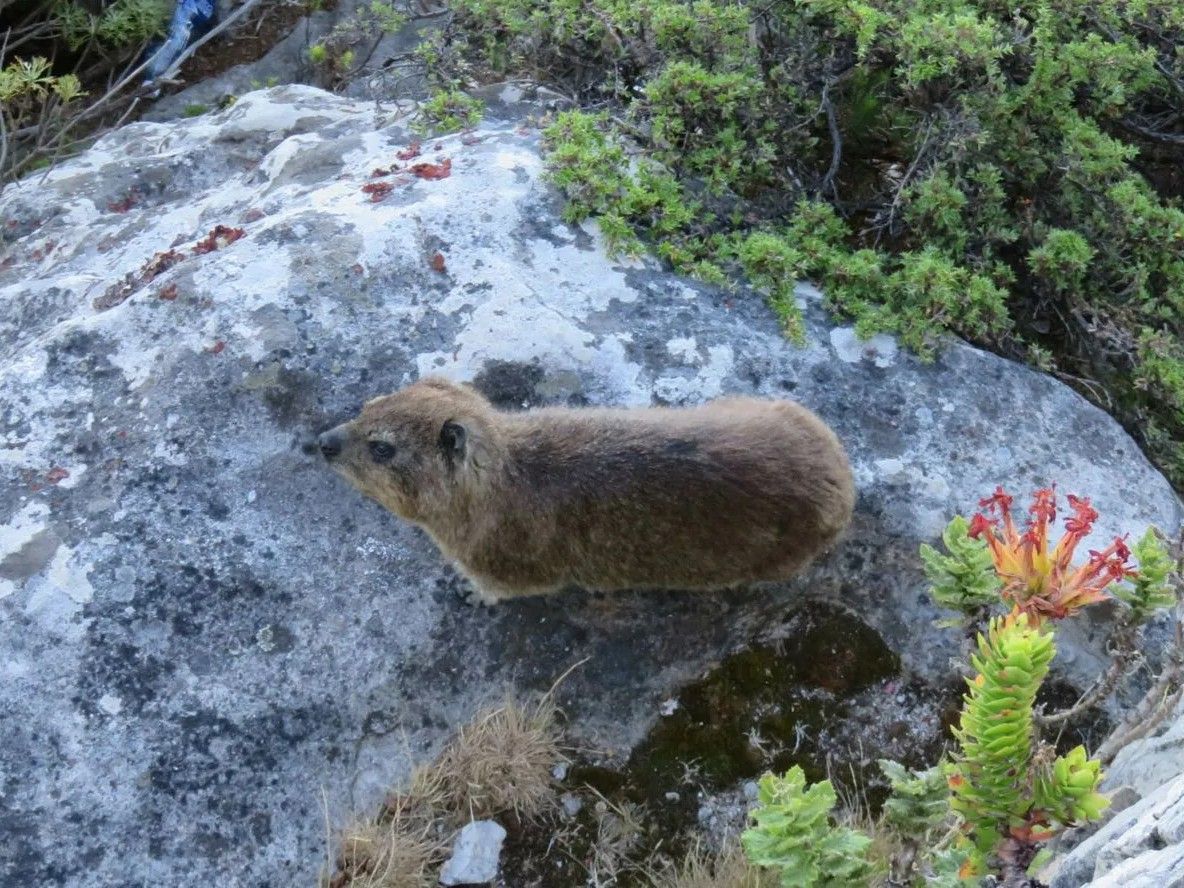
Table Mountain Flora & Fauna
Table Mountain boasts a remarkably and unusually rich biodiversity, and it’s home to a variety of fauna too. The most common creature you’ll find on Table Mountain is the dassie, a close relation to mermots. Baboons used to be common too, until the late 1990s when they abandoned Table Mountain and the Back Table, preferring lower slopes instead.

Sundowners in Cape Town
Seemingly, another must-do when visiting Cape Town is to enjoy ‘ sundowners ’, whether along trendy Clifton Beach, by the Victoria & Alfred Waterfront or, as we did, on Signal Hill . Open top sightseeing buses even offer special Sundowner Services up to Signal Hill! From where we were on Signal Hill, we could overlook the Atlantic Ocean as we quaffed champagne and tucked into canapés, and even trying some of the local oysters . I was reliably informed that if you’re to try oysters anywhere, you must try them in Cape Town, and – to my mind – they did taste less like sea water than I had previously experienced, but oysters still very much remain an acquired taste! It was a lovely, relaxed atmosphere, watching as the sun dipped below the horizon, and although our group had the use of a fantastic catering company on our own piece of decking, nearby there were people enjoying their own barbecues, sitting out on picnic blankets, singing, and there was a very happy atmosphere – even if the car park was congested, and the winds were strong!
Having experienced some of the best Cape Town has to offer (trips to Robben Island, Boulders Bay and Cape Point will have to await my next visit to this wonderful, cosmopolitan city), we sailed onwards to Port Elizabeth for the next instalment of our South African taster adventure: a game drive at Pumba Private Game Reserve
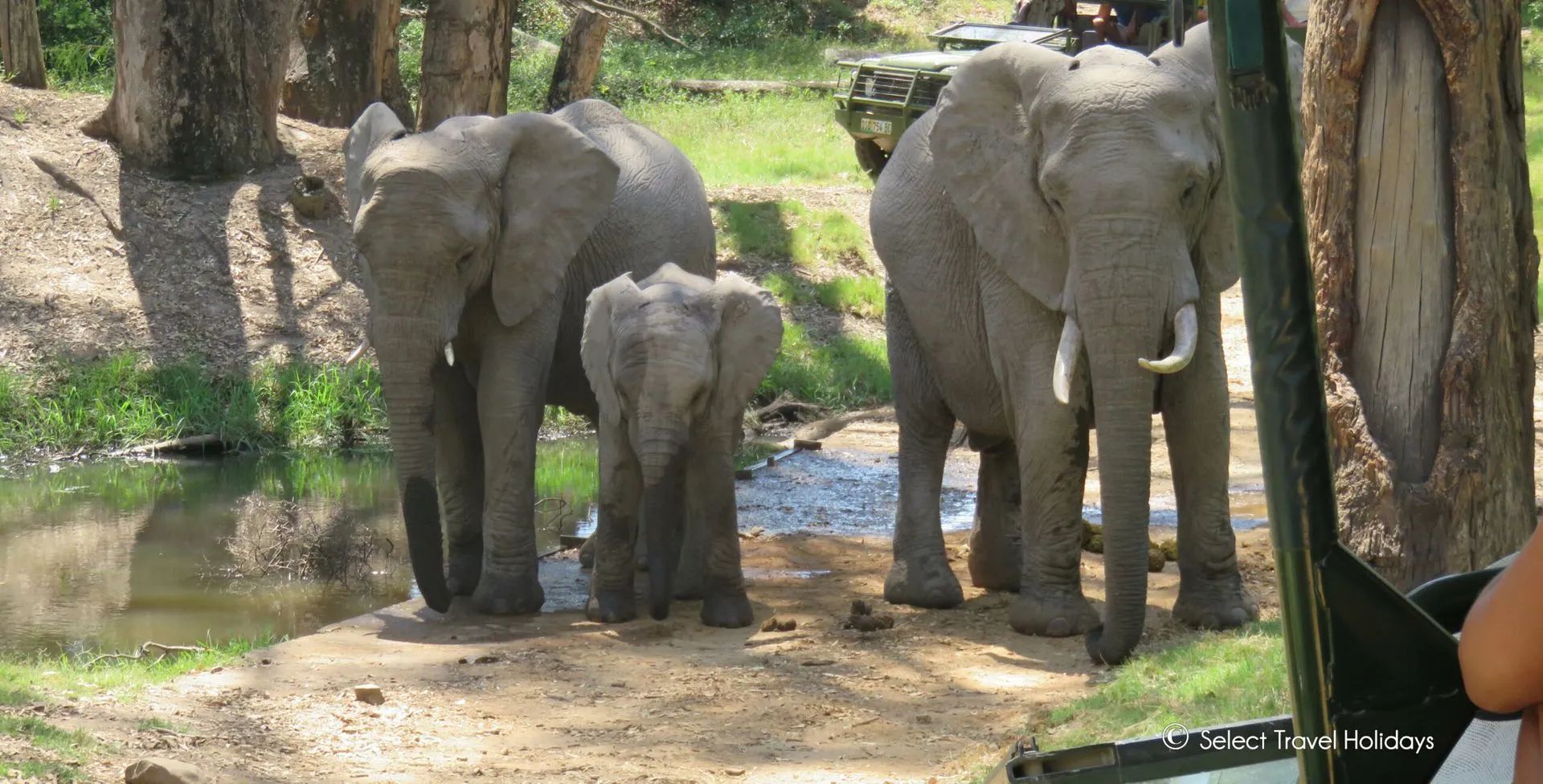
Port Elizabeth and Pumba Private Game Reserve
Pumba is a relatively young game reserve, founded in 2004 by Hotelier Trevor Lombard and wildlife enthusiast, Dale Howarth, both born and bred in the Eastern Cape. They soon got to work rehabilitating and restoring the indigenous fauna, some of which had not been present since the English settled in the area in the 1820s; all traces of former farming activities were removed, and a variety of game – including the Big Five – were reintroduced instead.

Pumba White Lions
Today, Pumba is home to around 12 free roaming lions – both white and tawny split gene lions; in fact, Pumba is one of only three game reserves where you can find free roaming white lions. Although there are fewer than 500 left, white lions hold a special spiritual significance for African Shangaan tribal elders, who consider them to be the most sacred animal in Africa. The birth of a white lion is considered to be the gift from the ancestors, and Pumba’s pride has already produced four sets of cubs, some of which were white lion cubs. For continued survival, a pride of lions must be mixed with tawny split gene lions, as the colour of the white lions is too conspicuous, and they are not successful hunters on their own.
The Big Five
During the course of our game drive – which took around three and a half hours, with a coffee stop and an incredibly tasty lunch – we were lucky enough to tick off three of the Big Five: as well as the white lion, we had a sighting of a white rhino (you can smell the musk of the rhino before you see it), and elephants . The elephants were an early sighting, and was incredibly humbling, and perhaps the highlight of the game drive for me. We came across a number of elephants, including a baby elephant not more than a couple months old, bathing. They were also protecting themselves from the sun by dowsing themselves with dust, and came close to the jeeps. As our ranger told us various facts about elephants, how to tell whether they were right or left footed by their tusks (and why this perhaps wasn’t the most accurate method), we were clicking merrily away with our cameras. By the water, we also saw spectacled weavers – vividly yellow – working hard at their nests, built to impress the females.
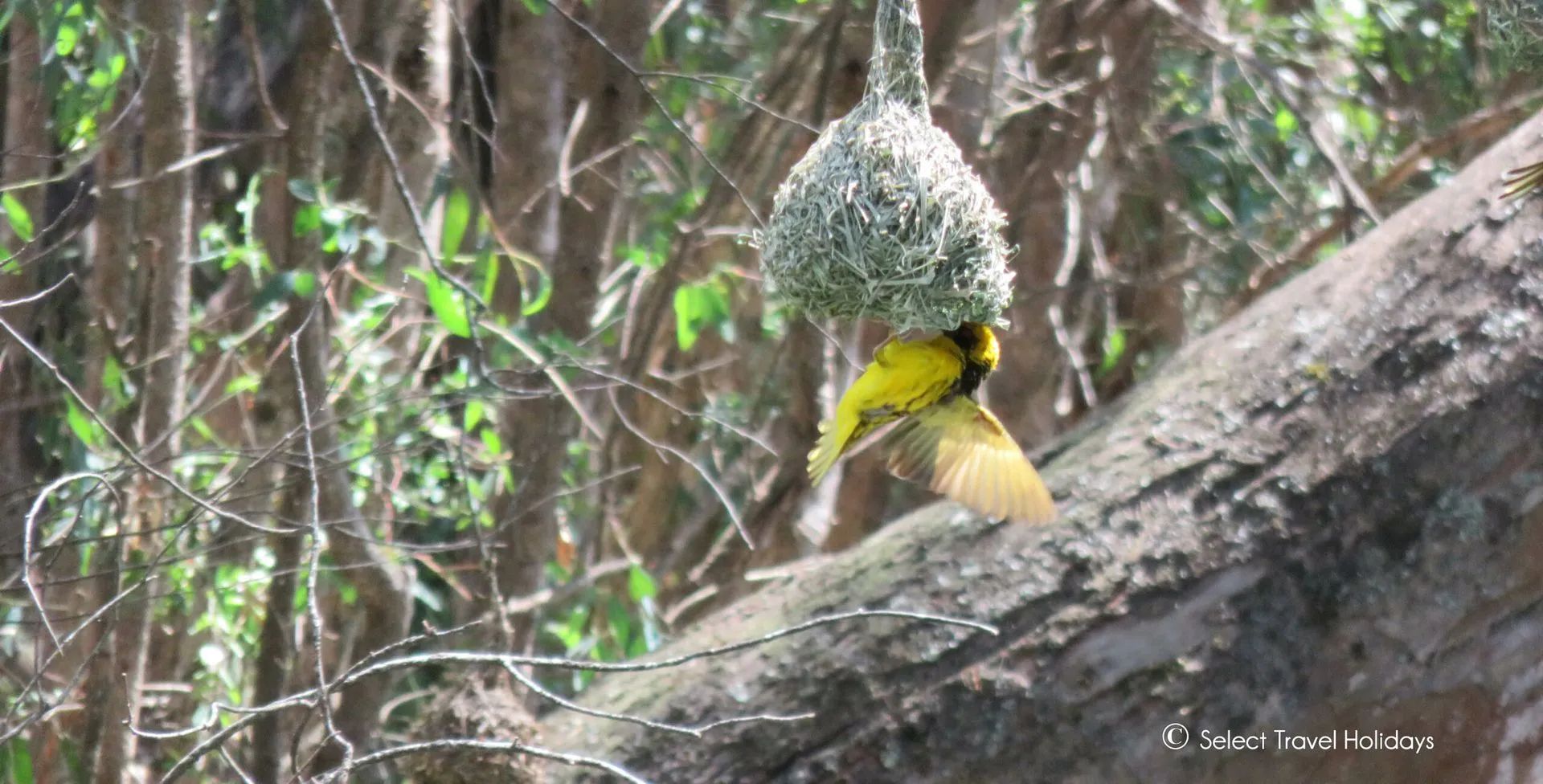
Pumba Safari
Across the 17,000 hectares which span Pumba Game Reserve, there are around 200 dusty roads which the jeeps take – sometimes it seemed endlessly vast and open, sometimes the tracks would go through wooded areas – like where we saw the elephants – and sometimes as we would go past thickets of bush, I would imagine seeing a flicker of colour like a leopard or cheetah , perhaps eating some prey in the privacy of the enclosed space, but alas that day we didn’t see any other big cats, and I was probably optimistically mistaking rocks or even ant hills! Sometimes amongst the bush and trees (none of which were especially tall), we would see the rustle of life, and it would perhaps be a timid Kudu . We saw plenty of Impala and similar creatures, and were entertained by warthogs scampering about. Wildebeest and zebras would sometimes be seen lunching on blades of grass together – and we learnt to tell the difference between male and female zebras as females wearing ‘bloomers’ and males wearing ‘g strings’, depending on the thickness of a stripe on their rump!
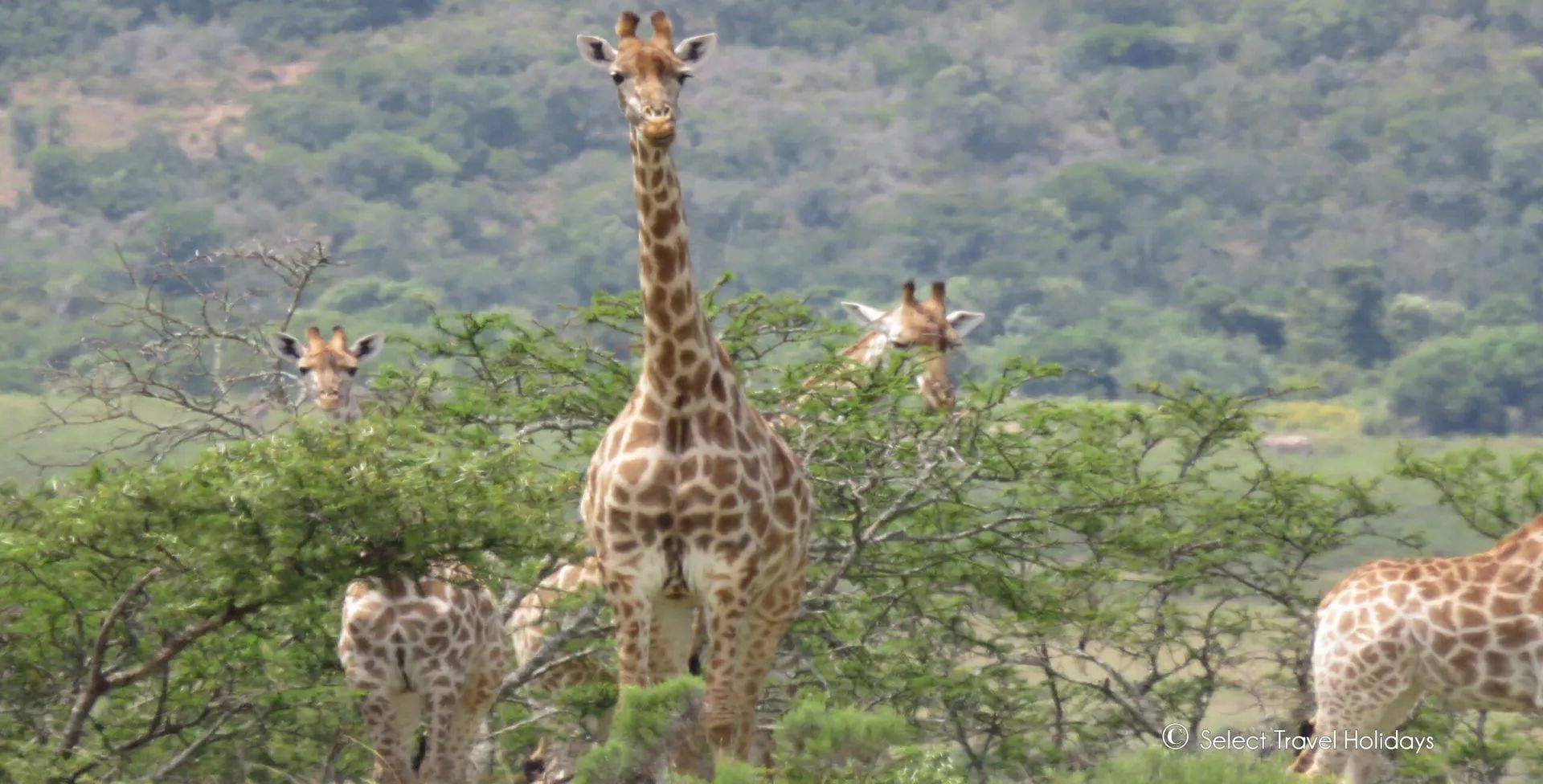
One of the most exciting aspects of the game drive was not knowing what you would see next – from a giraffe family, with a relatively new born giraffe, to a hippo poking his eyes above the water level, a herd of elephants bathing, or a white lion sleeping, it was an unforgettable experience, and a brilliant way to cap our all too brief (but memorable!) South African adventure, before we sailed a day at sea towards Durban, from where we returned home, complete with some remarkable memories.
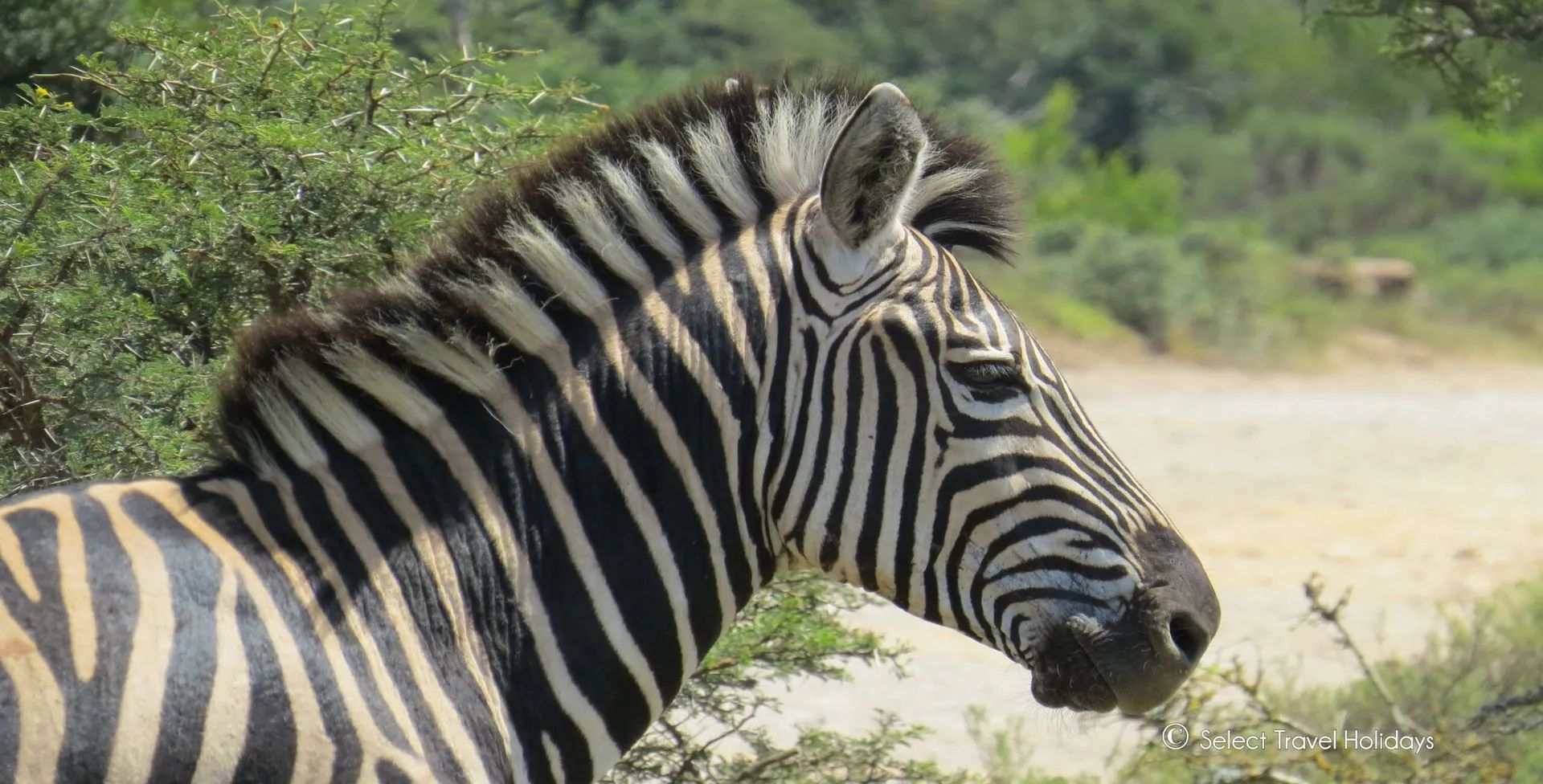
Related Africa Articles
THE ULTIMATE AFRICAN SAFARI CALENDAR: BEST TIMES TO SEE WILDLIFE MONTH BY MONTH
Top Ten South Africa Cruise FAQs
When is the best time to cruise South Africa with Fred. Olsen Cruise Lines?
The best time to cruise South Africa is between November and March. These months offer warm, dry weather, ideal for sightseeing, safari drives, and enjoying coastal scenery.
What should I wear or pack for a South Africa cruise?
Pack light layers for warm days and cooler evenings, plus:
- Comfortable walking shoes for excursions
- Sunhat, sunglasses and high-factor sunscreen
- A light rain jacket or windbreaker
- Binoculars and a camera for wildlife viewing
Is a safari experience like Pumba included in the cruise?
Safaris such as Pumba Private Game Reserve are typically offered as optional shore excursions. They can be booked in advance or onboard and are well worth doing for a memorable wildlife experience.
How long is the cable car ride up Table Mountain?
The cable car ride takes around 5 minutes each way. The cabins rotate during the journey, offering 360° panoramic views of Cape Town and the coastline.
Are shore excursions suitable for limited mobility travellers?
Many excursions cater to various levels of mobility. However, some – such as game drives – may involve rugged terrain. It’s best to consult your travel advisor or Fred. Olsen for accessible options.
Can you drink the tap water in Cape Town and on board?
Tap water in Cape Town is safe to drink, as is the water onboard Fred. Olsen Cruise Lines. Bottled water is also readily available if preferred.
What kind of wildlife might I see on a game drive in South Africa?
Depending on the reserve and luck on the day, you may spot:
- White and tawny lions
- Elephants
- Rhinos
- Giraffes
- Hippos
- Impala, kudu, zebras, warthogs
- Numerous bird species, including spectacled weavers
What is the dress code onboard Fred. Olsen Cruise Lines?
Fred. Olsen offers a relaxed, smart-casual atmosphere. Formal nights are optional, with most guests dressing up slightly. Comfortable cruise wear is ideal for daytime.
Is South Africa safe for cruise travellers?
Cape Town and Port Elizabeth are popular, generally safe destinations for tourists. Like anywhere, common-sense precautions apply—stick to well-populated areas and avoid carrying valuables unnecessarily.
How do I book a South Africa cruise with Fred. Olsen?
Contact Select Travel Holidays on 01234 326 778. With first-hand experience and expert advice, we’re here to help you plan your ideal cruise holiday to South Africa with Fred. Olsen Cruise Lines.
For more information about holidays to South Africa, South Africa cruises or to speak to one of the team, call us on 01234 326 778, email us sales@selecttravelholidays.co.uk or use our online contact us form.



